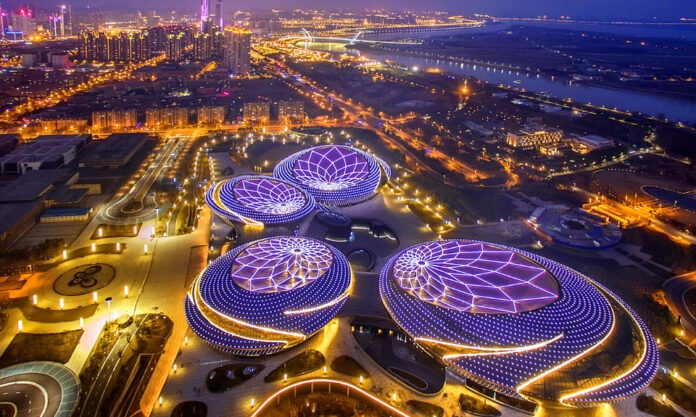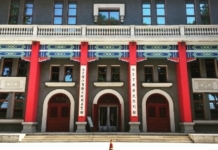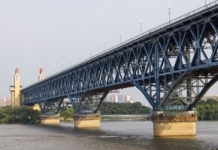Swan Lake, Macbeth, Tosca, Don Quixote and Cats are among the globally renowned productions to have been staged in the Jiangsu Grand Theatre, known formally as the Jiangsu Centre for the Performing Arts.
And those well known productions have been complimented by performances therein by many of the most respected names in musical excellence; the BBC Symphony Orchestra, Czech Philharmonic Orchestra, Hungarian National Philharmonic Orchestra, New York Philharmonic Orchestra, Philadelphia Orchestra and the Vienna Philharmonic Orchestra, to name but a few.
Yet, the realisation of all of this was a long time in the making, considering that the construction concept for the Jiangsu Grand Theatre was in fact first proposed back in the 1990s.
Mothballed for some time, in 2004, the proposed Theatre was put back on the agenda by the Jiangsu Provincial Government. But still there was little movement, until 2010, when the Jiangsu Grand Theatre project was submitted to the State Council for approval.
They got it, but the site was planned to be located on the banks of Xuanwu Lake.
It was then to take another 2 years for the powers that be to realise there simply was not enough space for a project of size anywhere near Xianwu Lake. Hence, in October of 2012, the Jiangsu Grand Theatre found what was to be its home in the western section of the cultural and sports axis of Hexi, leading from the Nanjing Olympic Sports Centre.
Finally, on 26 December, the foundation stone for the Theatre was laid.
Over an area of 196,600 square metres, with a total construction area of 271,400 square metres, the Jiangsu Grand Theatre includes a 2,037-seat opera hall; a 1,014-seat drama hall; a 1,476-seat concert hall; a 325-seat multi-functional hall and a 2,540-seat variety hall.
Therein is also a 746-seat lecture hall, together with the necessary ancillary supporting facilities that meet the functional needs for such large-scale shows.
Special mention, though, is reserved for the Opera Hall, its stage remarkably capable of descending some 16 metres underground and 47 metres above. Meanwhile, the innovative design of the three-floor auditorium ensures that even in the most remote seats, the audience can still recognise performers’ facial expressions.
And hear what they are saying. For where the Jiangsu Grand Theatre really comes in to its own is in the audio department. The design method employed is one of natural sound amplification, which ensures that even those seated in the farthest corners can hear clearly even when performers do not use microphones.
Or, as the designers, Marshall Day Acoustics, put it, “The design has effectively guided reflections throughout the audience areas from the stage so that every member of the audience in the hall can hear sufficiently loud sound during unamplified performances”.












